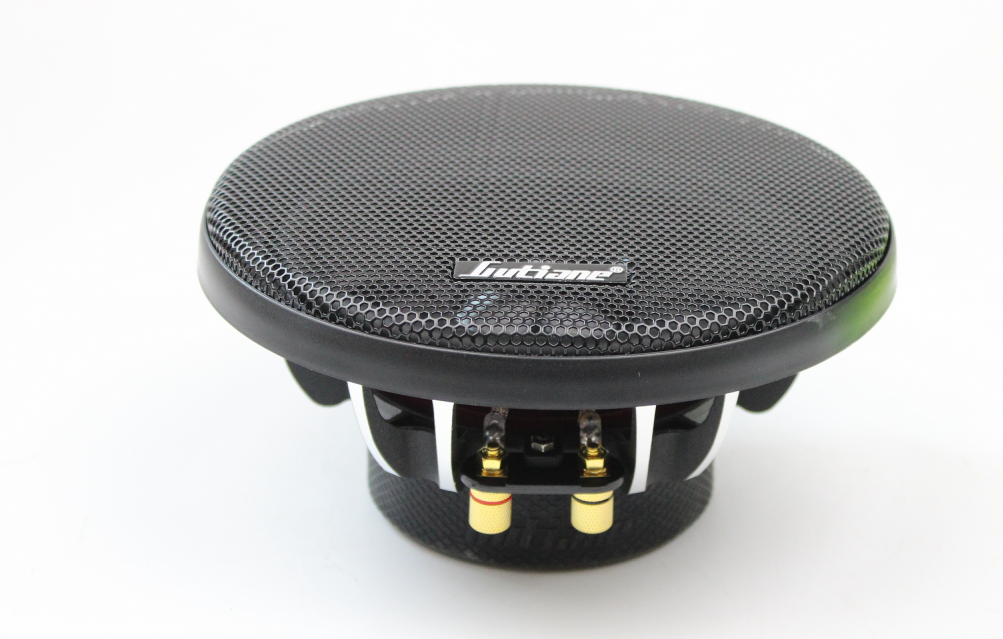On Mars, an astonishing formation looks like a bear
At Mashable, we celebrate bears.
And although there are no bears on Mars — yet wee microbes may have once thrived on the Red Planet eons ago — we will celebrate a Martian feature that looks like a bear. Mars is teeming with fascinating craters, so it's only natural that one of them resembles one of the most persevering, surprising, and downright impressive known critters in the galaxy.
A NASA satellite orbiting Mars, called the Mars Reconnaissance Orbiter, has a powerful camera (called the High Resolution Imaging Experiment, or HIRISE) that captures detailed views of the Martian surface. It recently found this bear-like area.
"This feature looks a bit like a bear’s face," wrote Alfred McEwen of the University of Arizona, which operates the HIRISE camera. "What is it really?"
SEE ALSO:Life below Martian surface is more plausible than ever, scientists findHe continues:
"There’s a hill with a V-shaped collapse structure (the nose), two craters (the eyes), and a circular fracture pattern (the head). The circular fracture pattern might be due to the settling of a deposit over a buried impact crater. Maybe the nose is a volcanic or mud vent and the deposit could be lava or mud flows?"
Couldn't agree more.
 Credit: NASA / JPL-Caltech / University of Arizona
Credit: NASA / JPL-Caltech / University of ArizonaTweet may have been deleted
Down on Mars, NASA is currently scouring the planet for hints of past life — if it ever existed, that is. After all, water once flourished on the now dry, freezing, and harsh planet.
Related Stories
- An enormous Martian cloud returns every spring. Scientists found out why.
- What an 'excited' NASA found (and didn't) on Mars
- Martian satellite films amazing scene in our solar system
- The best telescopes for gazing at stars and solar eclipses in 2024
- Who owns the moon's precious water?
Specifically, the space agency's car-sized Perseverance rover is exploring the dried-up delta in Mars' Jezero Crater, a place planetary scientists believe once hosted a lake. "This delta is one of the best locations on Mars for the rover to look for signs of past microscopic life," NASA said.
Indeed, planetary scientists might not ever spot signs of past life on the Red Planet's surface (they might need to look for microbes that could be alive and well underground), but one thing is assured: On a world millions of miles away, there is a geologic feature that looks like an excellent representative of Earth. Thank you, Martian bear.
This story was updated with more information about the bear-like Martian formation.





